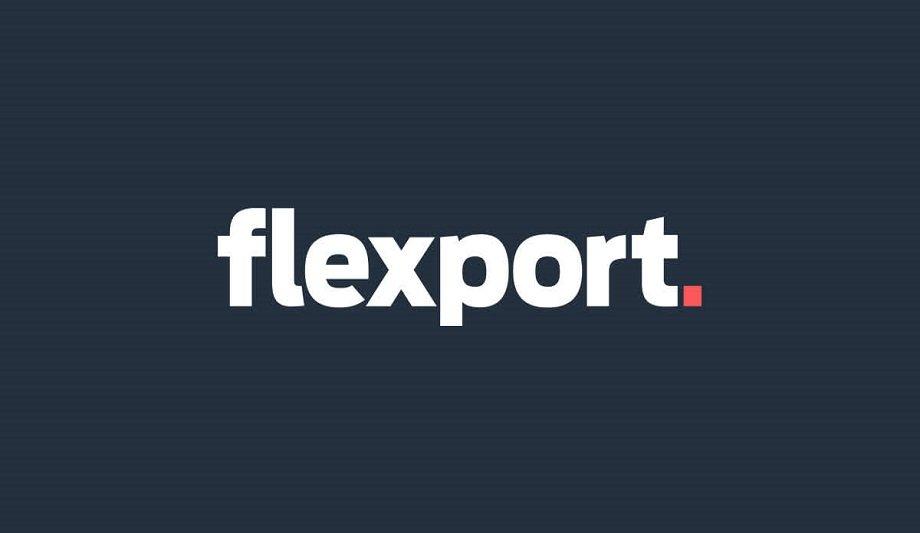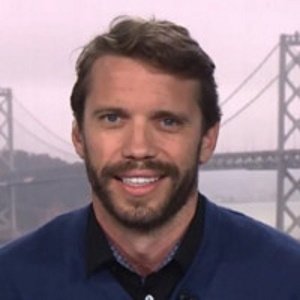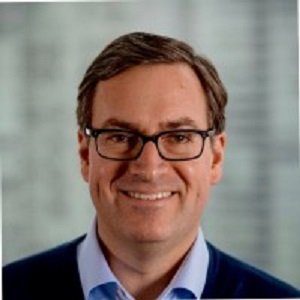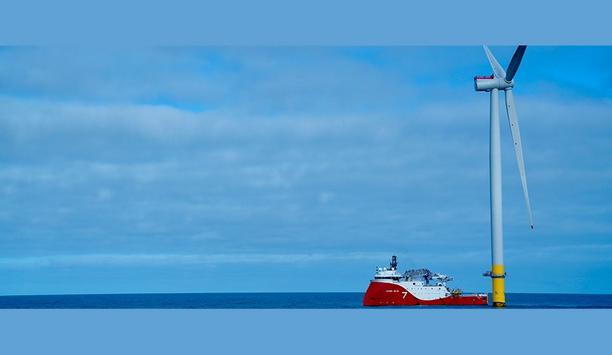Former Amazon consumer chief Dave Clark has a new job: co-CEO, and eventually sole CEO, of the $8 billion-valued supply chain software startup Flexport.
Clark, whose resignation surprised observers, finishes up as CEO of Amazon’s massive Worldwide Consumer division last day on July 1, 2022. And on September 1, 2022, he will take over as Flexport’s co-chief executive, alongside Flexport founder Ryan Petersen. Flexport plans for the 49-year-old Clark to become the company’s sole CEO six months later, with Petersen, 41, moving to an executive chairman role at the business he founded in 2013.
Appointment of Clark
In an interview, Petersen said he and Flexport connected with Clark as part of a search for the chief operating officer that the company had conducted over the past few months. “My big fear for Flexport is just that we’re not good enough to reach our potential,” Petersen tells Forbes.
After discussions with Clark, Petersen says the decision to phase the veteran executive into running all of Flexport, and not just some teams, was his own decision. “There’s a perfect complement of skill sets,” Petersen says. “Mine are much more creative, zero-to-one founder time, and Dave is the supreme executor and a legend in the supply chain world.”
Digital freight
Flexport is backed by investors like Andreessen Horowitz, Peter Thiel’s Founders Fund, Shopify, and SoftBank
Most recently valued by private market investors at $8 billion, Flexport offers digital freight forwarding and other software tools like customs compliance, inventory financing, and insurance to businesses shipping across 112 countries, from Georgia-Pacific’s paper towels and toilet paper to Sonos speakers and Rothy’s shoes. An alum of the startup accelerator Y Combinator, Flexport is backed by investors including Andreessen Horowitz, Peter Thiel’s Founders Fund, e-commerce platform Shopify and SoftBank.
Revenue at Flexport reached $3.3 billion in 2021, as detailed in Forbes’ January 2022 cover story on Petersen and his outsized (and at times controversial) role as the face of the tech industry’s response to a global supply chain crisis. The company expects to bring in about $5 billion in revenue in 2022. (About 80% of that gets passed along to shipping partners.)
CEO considerations
As Flexport has grown, Petersen says he’s told people there were only two people he’d consider as a second CEO for the business: Jeff Wilke, a longtime lieutenant of Amazon founder Jeff Bezos who led its consumer retail business until his departure in early 2021, and Clark, the executive who replaced him in that role.
“Jeff’s not interested, he just retired, basically, and he’s working on other stuff,” Petersen jokes. “And I never thought I’d have a chance to hire Dave. So it was a real wild card, for me that we got that done. I’m still kind of amazed.”
Clark's experience at Amazon
Clark’s departure from Amazon, confirmed in a post that reshared CEO Andy Jassy’s note to the company, was widely reported as a major shift for the tech giant, one year after longtime cloud chief Jassy took over from Bezos, and not much longer since the company had felt the seismic shift of Wilke’s retirement.
Clark took over Amazon’s global consumer retail business including Amazon Prime and Whole Foods
An Amazon employee since 1999, Clark built out the company’s multi-billion-dollar global operations, with a workforce of more than one million and a global logistics network including many thousands of planes, robots, trucks, and warehouses. Known as an efficient and exacting boss with a hard edge, according to past reports (a 2019 Bloomberg profile claimed his nickname internally as “The Sniper”), Clark took over Amazon’s global consumer retail business, which also includes Amazon Prime and Whole Foods, mid-pandemic, during a period of massive consumer demand, and spent accordingly, per reports.
Shift of market
The shift in global markets in recent months and the commensurate e-commerce slowdown hit Amazon hard. In his note, Jassy echoed his remarks from the recent shareholder meeting that Amazon employees “still have more work in front of us to get to where we ultimately want to be in our Consumer business” following a “challenging and unpredictable” few years.
Amazon's revenue rose just 7% in its first quarter in 2022, down from 44% growth in 2021, as retail sales declined by 3%.
Supply chain
In an interview, Clark tells Forbes that speculation that his resignation was the result of such was false. A self-described “supply chain geek,” Clark notes that in 2021, following his move to Dallas with his family from Amazon’s Seattle headquarters, he’d considered going back to a smaller organization, specifically in a CEO role.
“I’d outgrown my joy a little bit,” he says. “I have gotten to have a lot of success at Amazon and a lot of really good things, but I enjoyed building, creating, and designing networks in a supply chain. It’s hard, and I wanted to get back to that . . . see if we could build it all over again in some way.”
Long-term plan
Clark presented a long-term plan for that and handling inflationary costs to Amazon’s board
As for the timing, Clark says that he’d spoken openly to Amazon leadership, including Jassy, about his thinking for the past year; the question, he says, was whether he would leave this summer or in the summer of 2023. “I didn’t want to leave in a place where the business didn’t have a solid plan and where we were still struggling to recover from COVID,” he says.
Clark presented a long-term plan for that and handling inflationary costs to Amazon’s board, he says. “That was well received, so I walked out of that feeling like, okay, I can go now, I can do something new.”
Cross-border shipping
Clark and Petersen had corresponded in the past. Still, when they reconnected, Clark said he was intrigued by the opportunity to move Flexport from solving cross-border shipping to a broader solution “across the full length of the supply chain.”
Recent challenges in global shipping from COVID-19 lockdowns in China and the war in Ukraine have proven, according to Clark, that the system is fragmented and fragile, “We may be recovering for years,” he says. Amazon was solving those problems “in a particular way, for a particular use case,” he adds. “To me, this represents an opportunity to do that more globally and more broadly, and that’s exciting to me.”
Efficiency
Clark’s mission will be to improve Flexport’s processes and add efficiency to its shipments, including as it pushes into automation.
Don’t necessarily expect Flexport to build out more of its assets, the way that Amazon built up capabilities to counter its dependence on FedEx and UPS; both executives say that providing technological connective tissues between systems and partners will prove crucial to Flexport, as it was with Amazon’s logistics networks behind the scenes.
Lower costs
One challenge is for Flexport to drive its costs lower than its competitors and own more physical assets
One challenge is for Flexport to drive its costs lower than its competitors and owning more physical assets is expensive, Petersen notes. “If you’re better and cheaper, you’re an unstoppable force in a big market,” he says.














